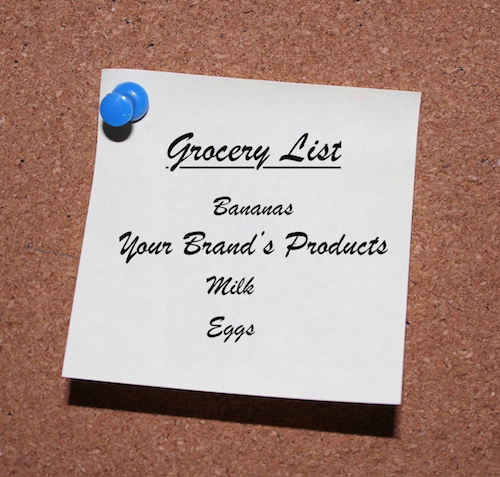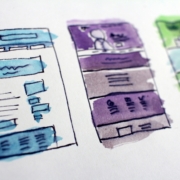By Sameer Shah
Brands are more prevalent than ever before. The internet and social media have created unprecedented opportunities for companies of all sizes to build and grow their brands. But what makes an iconic brand? What separates Uber from Lyft, Amazon from Ebay, and Facebook from (the now defunct) MySpace?
The answer to this question lies in affinity and the feelings those iconic brands evoke in the hearts of their customers, combined with the ways they promote themselves. Let’s start with the first part: Affinity.
It’s All About the Feels
When you think about Uber or Amazon, what makes them appealing? In the case of Uber, is it the technology? Is it about the ability to request and secure rides quickly through a phone app? We would argue that while those features and benefits are central to the company’s value, the real value is that Uber solves the problem of reliable, consistent, and convenient transportation anywhere in the world. Having the Uber app means that the transportation problem is solved, before it’s even a problem. There is comfort in knowing that, and that’s what really makes the app so valuable. So while it’s important for a brand to talk about its features and benefits, it must create a true customer affinity and feeling in its customers to be iconic.
Now, we would be remiss if we didn’t point out that the Uber brand went through (and is still recovering from) some serious challenges. Personal safety disasters, a toxic culture at the company stemming from the CEO’s behavior and tone, and an arrogant attitude that flouted local regulations and competitors nearly derailed the company forever. Uber was able to change course by making key changes and remains the industry leader in ride sharing, which again speaks to the power of its brand and promotion strategy (more on that later).
Amazon is a household name and a company that millions rely on everyday. Its purchasing capability is fast, easy, and the catalog contains nearly anything and everything. New features and functionality are added all the time…but the real power of the Amazon brand is the convenience of knowing that virtually any item we may need is readily available at a great price, delivered to our door in often just a day or two. The brand affinity is created by that convenience.
Promotion Matters, Especially for Up-and-Coming Brands
Facebook and MySpace offered similar functionality in the very beginning, but Facebook did a much better job of promoting itself, especially in the early days. It also relied on the network effect, by which the application became more powerful as friends and family brought each other onto the platform. The platform grew very quickly through promotion, but very little of that was done by the company itself. Do you remember all those Facebook television ads encouraging you to join? Neither do we.
Uber aggressively promoted itself in the early days. It blitzed every new city when it arrived with rider discounts and driver subsidies. The goal was to become ubiquitous as fast as possible. While these aggressive tactics were often the subject of criticism, they worked.
To put the success in perspective, Uber’s annual revenue is projected to be around $12 billion, while Lyft will generate a fraction of that at $3.5 billion or so. (Neither is profitable and may never be, especially due to changes in employment law. But that’s another topic for another day.)
The promotion lesson for up-and-coming brands is twofold:
- If you want your brand to be a household name, you should try to present yourself everywhere your customers might be: Social media, events, trade shows, television (or YouTube for smaller budgets).
- Budgets are limited for most new brands, however, so that’s where the network effect can create a much more cost-effective means to grow. Referral programs and “tag someone” social media contests are just two ideas to make your customers your brand champions.
But Uber and Amazon Did Something Amazing
It’s a cornerstone fact: What you do matters. The most powerful brands solve a problem or give us the ability to do something we couldn’t do before. We didn’t realize how much transportation was an issue until Uber rolled out. Facebook provided ways to communicate and interact that most of us never even imagined. And the notion of being able to buy everything from a shirt to a tail light to food in one online destination? Unfathomable just a few years ago.
It’s easier to become iconic when your product or service is revolutionary. That said, many such solutions died on the vine well before they became iconic. Creating a brand that evokes the right feelings and promoting it successfully ensures the value becomes an icon.
Iconic brands start with great stories. Ready to write yours? Let’s chat.










Leave a Reply
Want to join the discussion?Feel free to contribute!